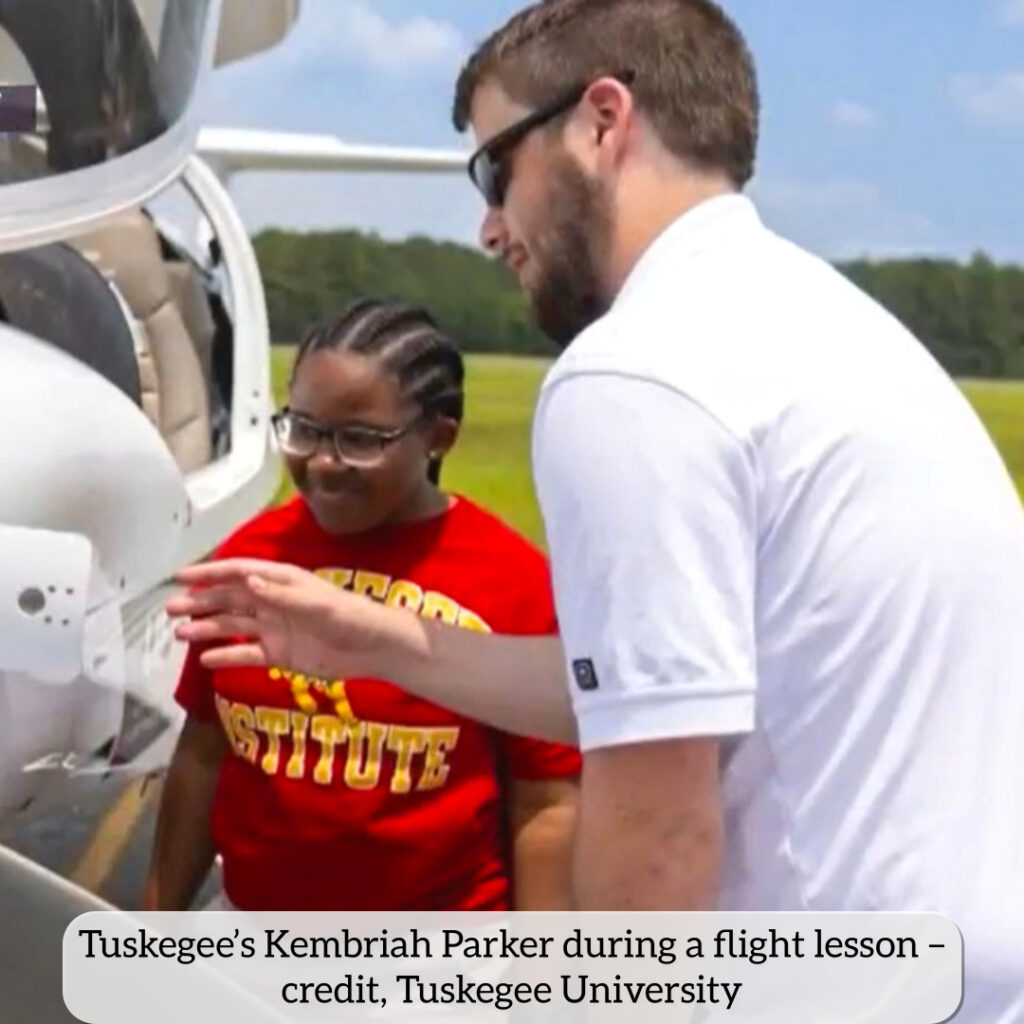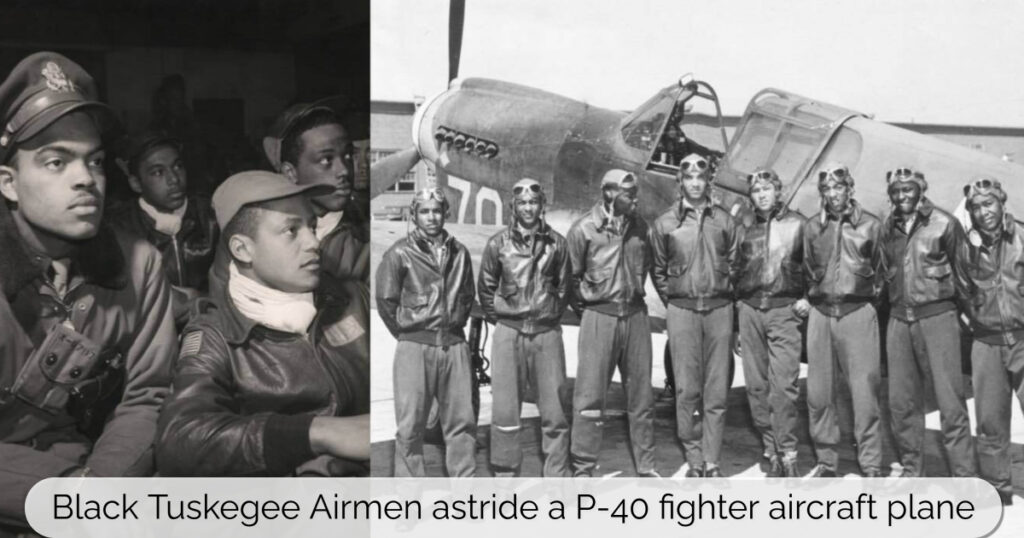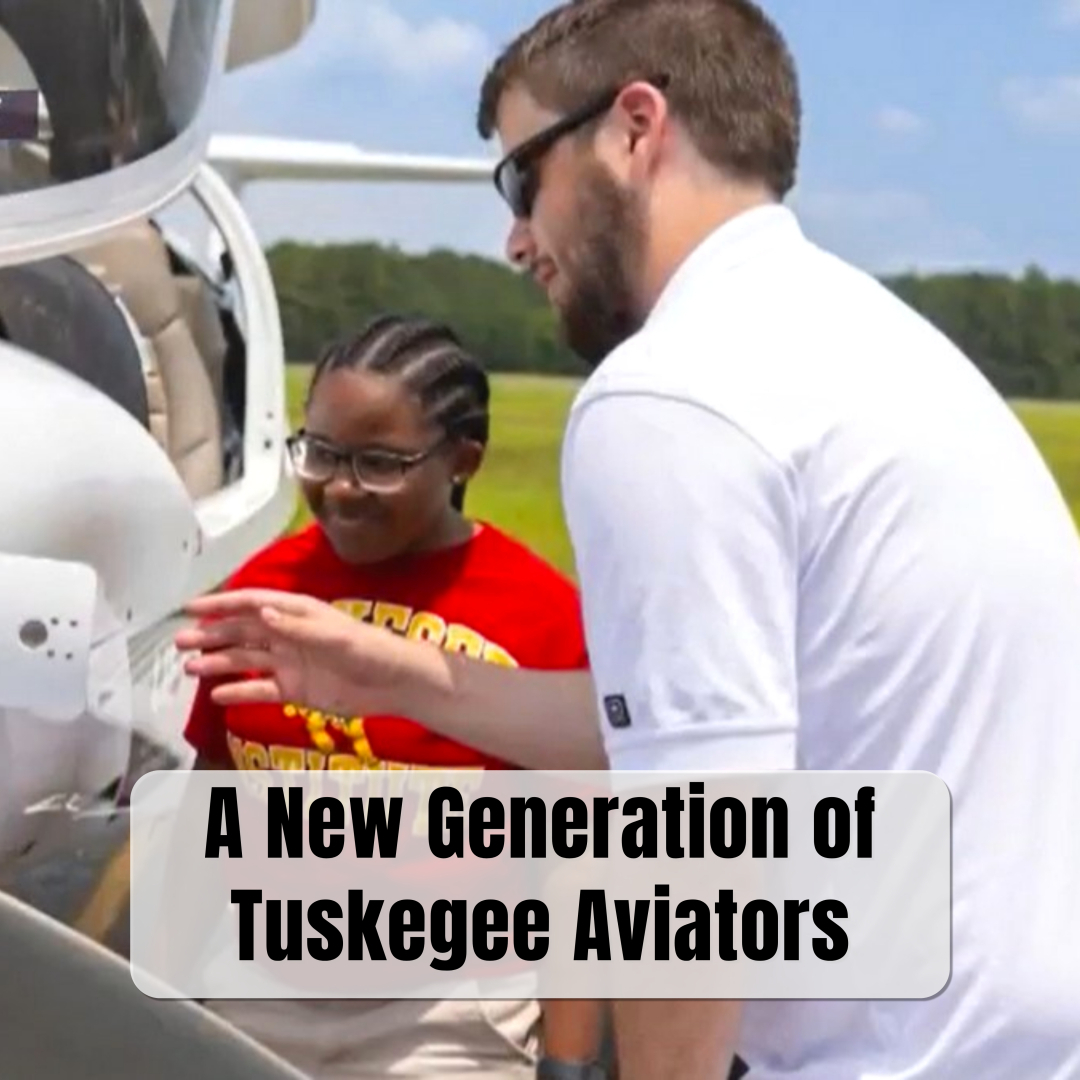
Nearly a century after the original Tuskegee Airmen made history as the first African American military aviators in the United States Army Air Corps, a new generation is taking flight—this time, not to battle foreign enemies, but to confront some of the most urgent domestic challenges facing the nation. Honoring the legacy of bravery, excellence, and service, these modern-day aviators are charting new skies as pilots, engineers, and STEM leaders dedicated to addressing climate change, aviation inequality, and disaster response. The resurgence of the Tuskegee spirit is not merely symbolic; it is a call to action grounded in education, innovation, and community service.
This movement is centered around programs such as the Red Tails Flight Academy and Legacy Flight Academy, which aim to train young, predominantly African American pilots, many of whom come from underserved communities. These programs offer not only flight training but also mentorship, leadership development, and a clear pathway into careers in aviation and aerospace. With the aviation industry facing a critical shortage of pilots, these initiatives provide a timely solution while simultaneously correcting long-standing racial disparities in the field.
But the mission of these modern Tuskegee aviators goes beyond the cockpit. Many are involved in disaster relief missions, using drones and small aircraft to deliver supplies, conduct aerial surveys, and support emergency response teams in areas hit by hurricanes, wildfires, or floods. In a world increasingly shaped by climate-related disasters, their skills are proving to be vital in keeping communities safe and connected. Their work echoes the original Tuskegee Airmen’s motto—“Aim High”—with a renewed emphasis on service to humanity.
Equally important is their role in confronting environmental injustice. Many of today’s Tuskegee-inspired aviators are using aerial technology to monitor pollution in marginalized communities, collect data on climate impacts, and advocate for cleaner air and water. In partnership with environmental scientists and advocacy groups, they are turning the skies into platforms for change. This blend of high-tech skill and social consciousness marks a powerful evolution in what it means to be an aviator in the 21st century.

Education remains a key pillar of the movement. These aviators are committed to inspiring and training the next generation through outreach in schools, aviation camps, and virtual programs. By exposing young people—especially those of color—to aviation careers early, they are breaking down barriers and demystifying an industry that has long been viewed as inaccessible. Their presence in classrooms and on social media sends a clear message: the sky is not the limit—it’s just the beginning.
As the United States faces mounting environmental, economic, and social challenges, the resurgence of Tuskegee-inspired aviators offers hope and direction. Their fusion of legacy and innovation, service and science, is not just a tribute to those who came before—it is a clear reminder of what leadership and heroism look like today. In taking to the skies once more, they are not just flying planes—they are lifting communities, inspiring futures, and helping a nation rise to meet its moment.

